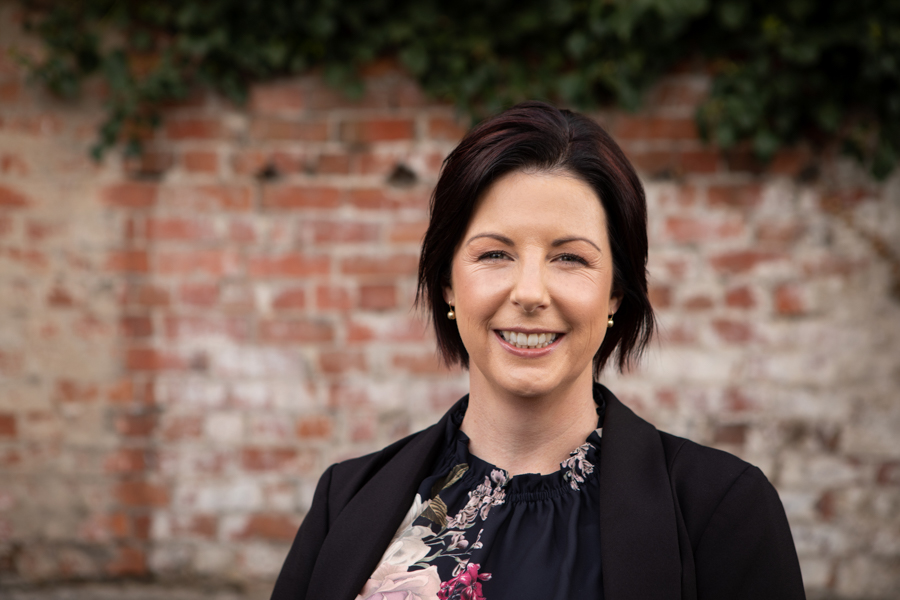Disruption. It’s the buzz word every business is talking about. Digital Disruption – Customer Disruption – Gen Y and Z workforce disruption. I’ve just spent the day at the Commerce Ballarat 2017 Business Day Out and disruption was a hot topic. With a first class line up of presenters and a conference room filled with business leaders there was plenty of discussion and key messages hitting home about the need to innovate and keep up with adjusting to the disruption.
The recruiter in me was intrigued when Gus Balbontin took the stage to kick things off. Gus threw his hat in the ring for a Graphic Designer job at Lonely Planet, landed himself an interview and managed to somehow win the job without a graphic design background. From there he was promoted in to many different roles and ended up being one of three executive directors leading the business. What was it that the recruiter/hiring manager saw in Gus at the graphic designer interview that day many years ago? As a candidate, that by the sounds of things, didn’t have the typical graphic designer background they had advertised for; what was it that won Gus the job?
Sure his enthusiasm and travel experience helped but after listening to him present, I’d be pretty confident in saying it would also have had something to do with his ability to present a solution that solved his customers problems. In this instance the customer was Lonely Planet, it was the graphic design team he was going to join if successful. After all, the take home message from Business Day Out for me was all about solving the customers problem – not your own problem. I’m guessing, but I bet Gus walked in to that interview not thinking about his problem – that he desperately needed a job as he was low of funds – to the point where he was living off diners leftovers in cafes and restaurants.
Gus’ message about solving the customers problem was reinforced when Stephen Macdonald, CEO of Albins Performance Transmissions, a local Ballarat manufacturing business shared their journey of growth and success. . A manufacturing success story right here in our own Ballarat backyard, Albins Performance Transmissions have not only survived but have thrived through innovating to solve their customers problems. Their solutions to their customers problems has differentiated them and given them a competitive edge. Having been fortunate enough to recruit for Albins, I’ve seen firsthand that it isn’t about what a job seeker has on their resume that gets them the job at Albins; it’s about what that individual can bring to the table – what problem can they solve at Albins, what value can they add and do they have the right attitude. It’s a refreshing approach to recruitment.
So if our people really are our greatest assets in business; it would make sense that our recruitment process should mirror the approach we take to doing business – how we approach innovation and how we deal with disruption.
When was the last time as a job seeker you prepared for an interview with the perspective of what problem can you solve for the business? Or as a hiring manager, when was the last time you structured the interview to assess what problems an applicant could solve for you instead of focussing solely on their ability to perform specific tasks?
Disruption is not only impacting how we do business with our customers it’s revolutionising how we source, recruit, engage, motivate, manage and retain our employees. Mark McCrindle, the final speaker for the day, proved this with the stats he shared about the changing landscape of our workplaces and priorities of our employees. It’s no surprise really that disruption in our workplaces is blossoming when by 2025, 64% of our workforce will be made up by Gen Y’s and Z’s. If that doesn’t scare you enough you can check out more stats at mccrindle.com.au
What worked for us previously in recruiting and engaging our employees won’t work for us in the future. Our employees have different expectations, different priorities, different motivators and different values. A one size fits all approach isn’t going to cut it. Just like we need to solve our customers problems we need to solve our employees problems if we really want to have the best chance at engaging and retaining our most valuable assets.
The future success of our workforce will be about what problem can an employee solve for you as a business and what problem can you solve for them as an employee – what can you offer them that another employer can’t or isn’t?


